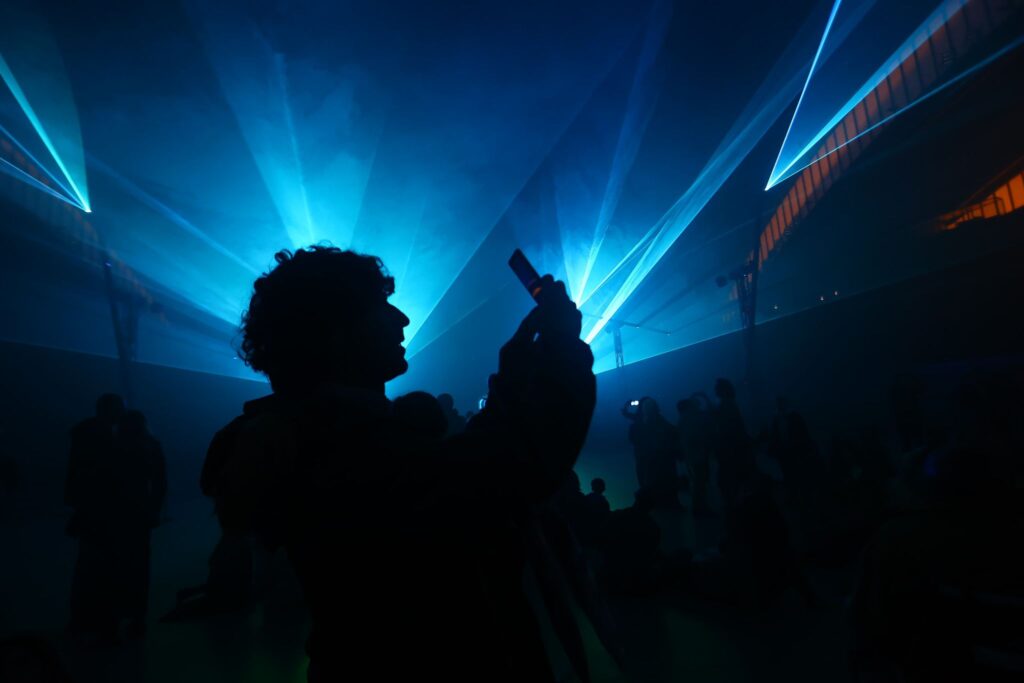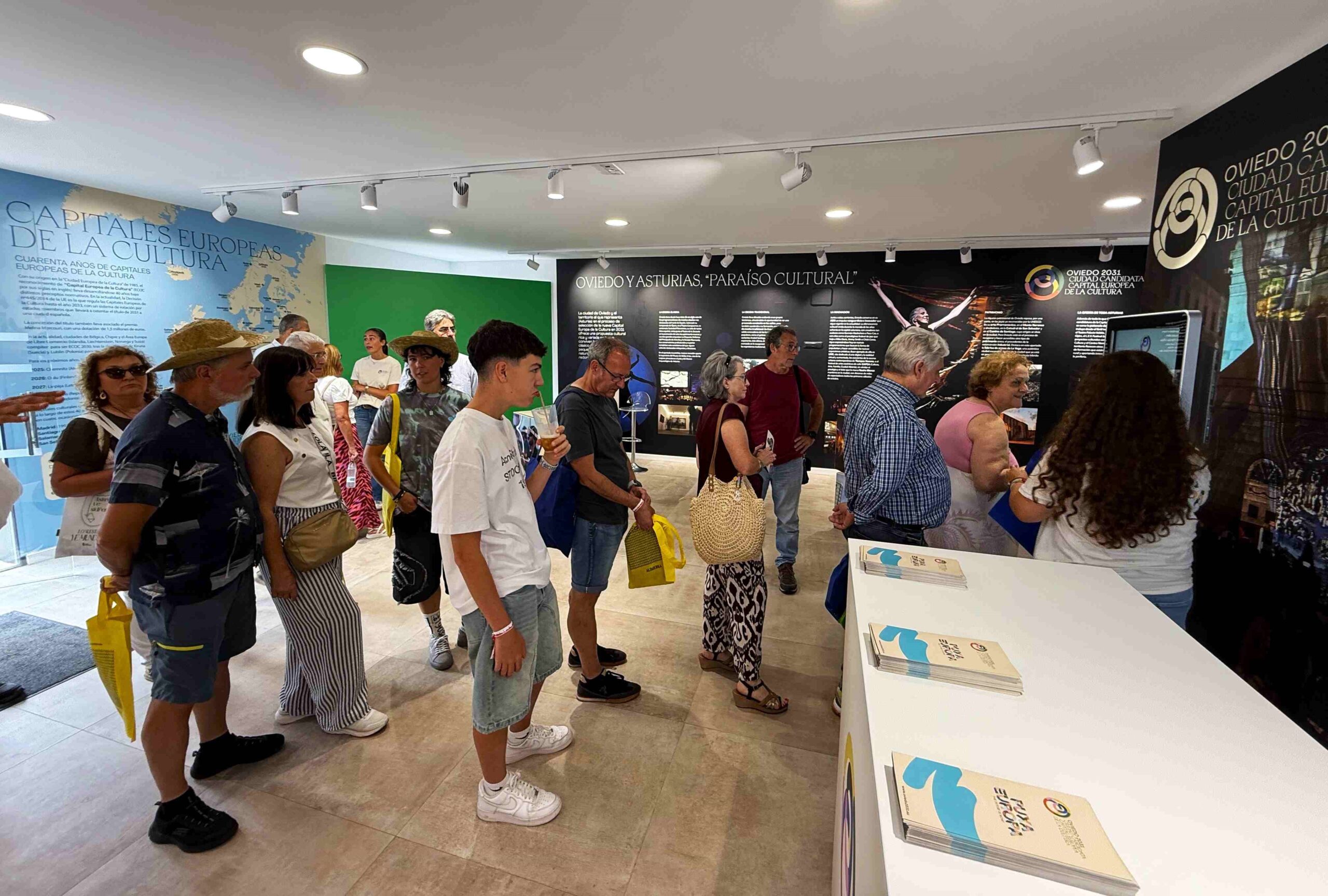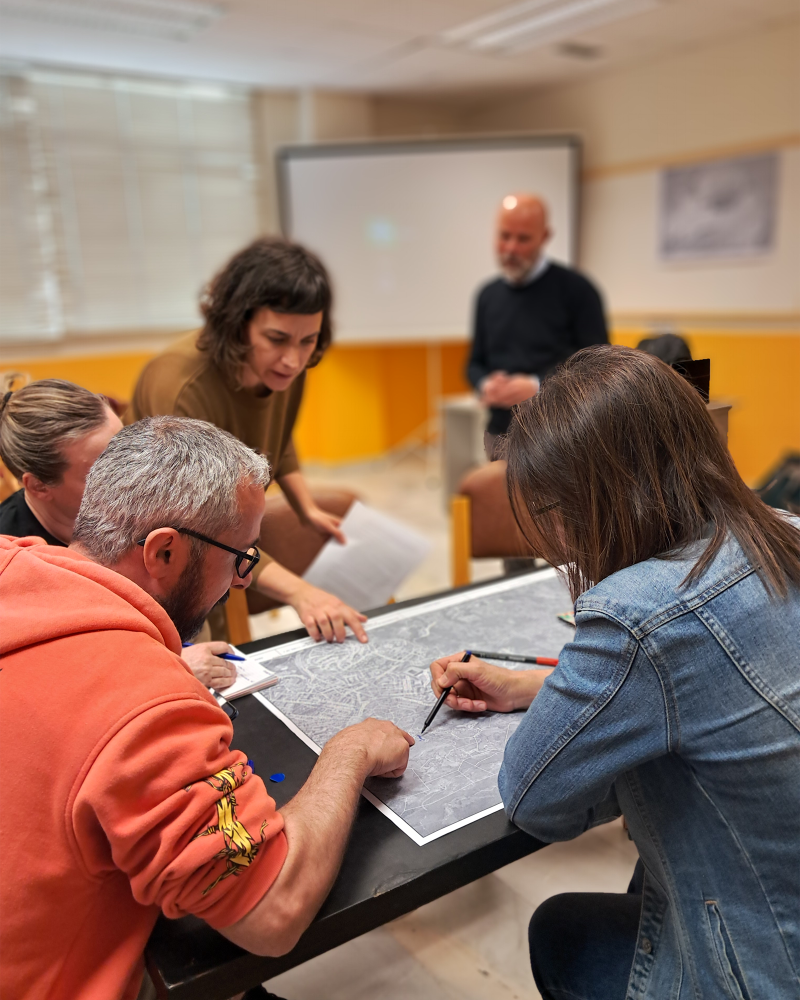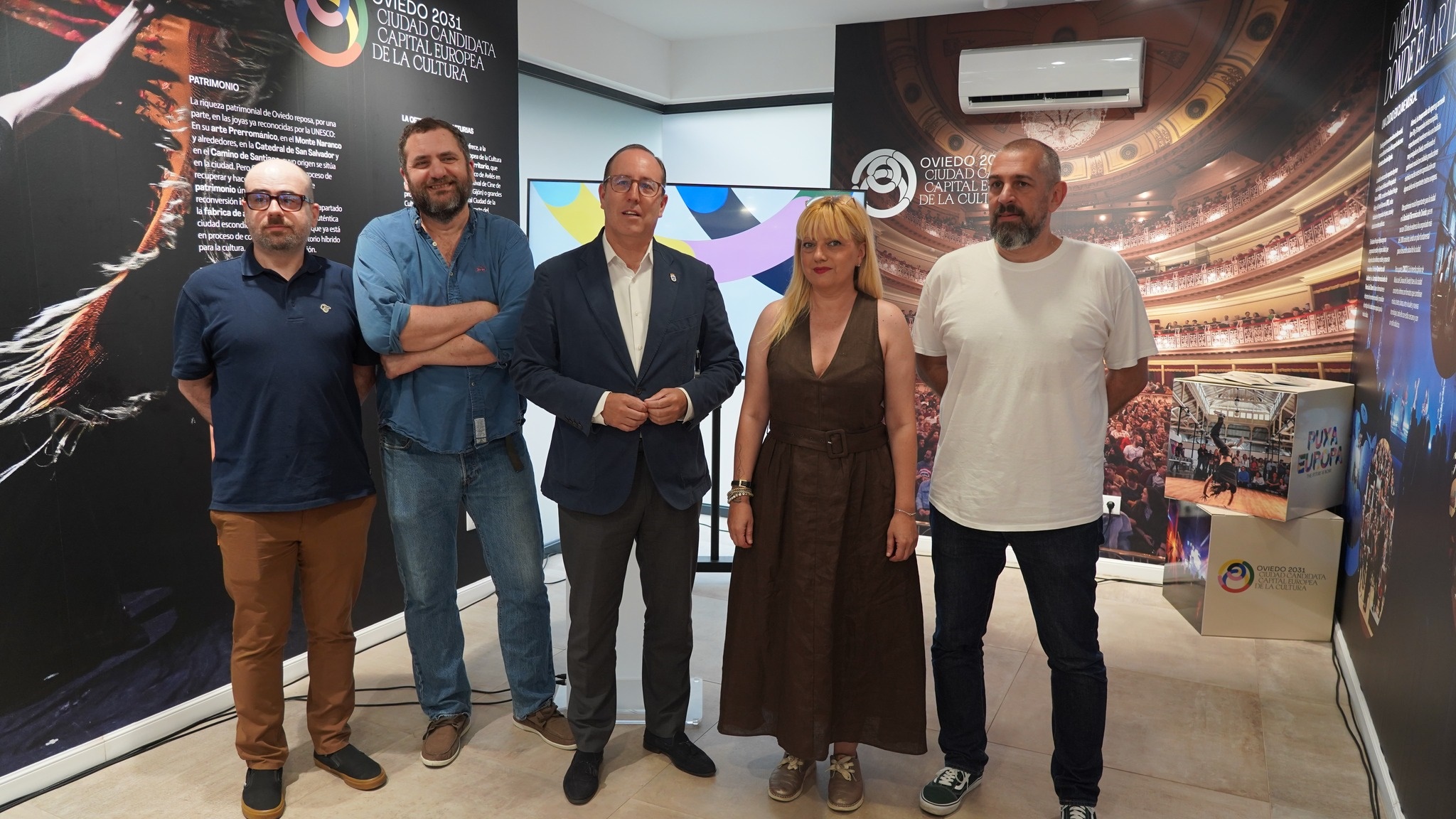The White Night turns Oviedo into a vast cultural stage with its eyes set on Europe

Oviedo celebrated a night of premieres and shared culture. The newly refurbished Sports Palace opened its doors to the public for the first time as a cultural venue with the official inauguration of the 13th edition of La Noche Blanca (White Night) — an event that once again filled the city with art, creativity, and life.
Mayor Alfredo Canteli, together with Councillor for Culture David Álvarez and Artistic Director José Castellano, led the opening ceremony, which featured the large-scale audiovisual performance “Pleonexie”, created by French artist Maxime Houot and produced by Collectif Coin. “We wanted the first cultural experience in the new Sports Palace to be something as powerful as this piece,” said José Castellano, highlighting the symbolic value of opening the space with contemporary art. “It’s only the second time it’s been presented in the world, as it requires very specific spatial conditions — and here we’ve finally been able to make it happen.”
The inauguration marked the beginning of a night that transformed Oviedo into a vast urban stage. La Noche Blancaunfolded 43 free cultural proposals across more than forty locations — from museums and theatres to plazas, streets, and unique venues throughout the city.
The Fábrica de Armas de La Vega became one of the key sites of the programme, hosting pieces such as “Algunos presagios de deseo para una noche en blanco” and “Voces de la fábrica”, a sound installation evoking the city’s industrial memory. At the Teatro Filarmónica, filmmaker Álex de la Iglesia and writer Edu Galán shared their favourite fictional “murders” in an evening of film, literature, and conversation, while in Plaza Porlier, the installation “Música de cristal” by Ensemble CreArtBox filled the air with sound and movement.
Poetry also had its place with the “Namás dragones” festival at the Príncipe Felipe Auditorium, which paid tribute to poet Xuan Bello, while the visual arts extended across the city — from “Eduardo Chillida. The Presence of the Void” at Banco Sabadell-Herrero to the collective exhibition “Gesto y materia” at the University of Oviedo.
In addition, the Museum of Fine Arts of Asturias, the Archaeological Museum, and the Regional Parliament of Asturias opened their doors for night visits and special guided tours, offering new perspectives on Oviedo’s heritage.
The opening of “Pleonexie” thus marked the beginning of a luminous night, in which Oviedo reaffirmed its identity as a creative and open city, determined to keep moving forward towards its European horizon: Oviedo 2031.




